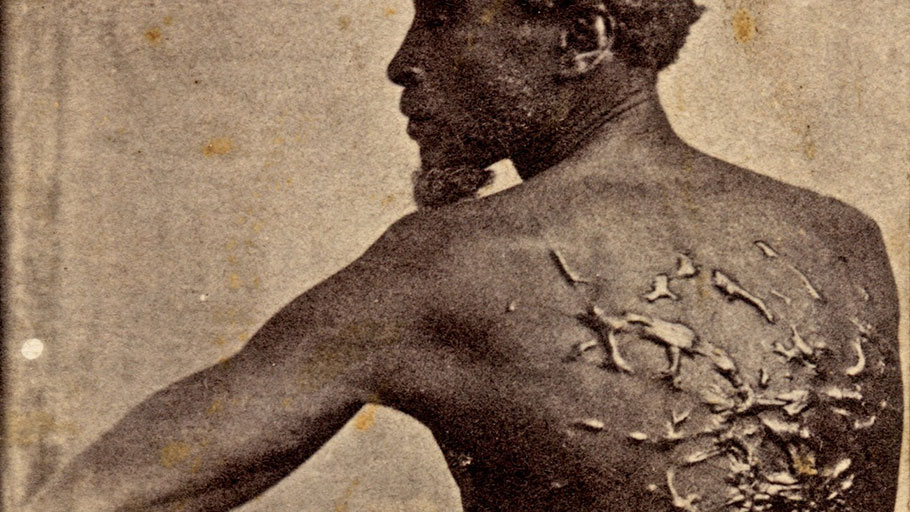
An 1863 photograph that became known as “The Scourged Back”’ shows the whipping scars on Gordon, a former slave in Louisiana who escaped to Union lines. Credit: McPherson & Oliver,…

An 1863 photograph that became known as “The Scourged Back”’ shows the whipping scars on Gordon, a former slave in Louisiana who escaped to Union lines. Credit: McPherson & Oliver,…

By A.T. McWilliams — While visiting the newly opened National Memorial for Peace and Justice in Montgomery, Alabama — a hallowed and harrowing enshrinement bearing the names of over 4,000 black people lynched in the Jim Crow South — I was reminded of stories my grandparents told me as a child. Stories of my great-grandfather, once chased by Ku Klux Klan members on horseback before swimming to safety, preferring possible death by drowning…
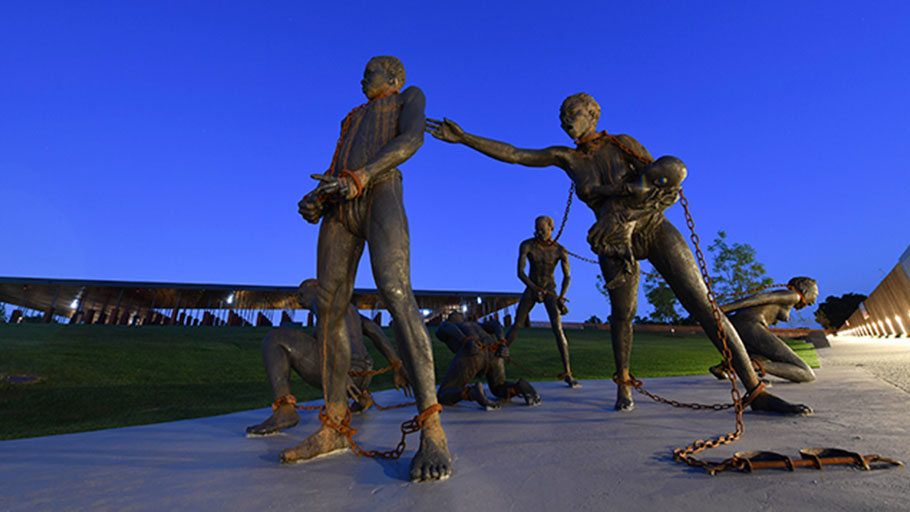
By Mark Karlin, Truthout — By detailing the growth of the slave trade in the 17th century, Gerald Horne reveals how white supremacy, capitalism and the original sin of slavery in the Western Hemisphere became intertwined. Current politics are so chaotic, staggering and fast-paced that we rarely hear of how we arrived at this moment of the resurgence of white supremacy in historical context. However, Professor Gerald Horne, author of The…
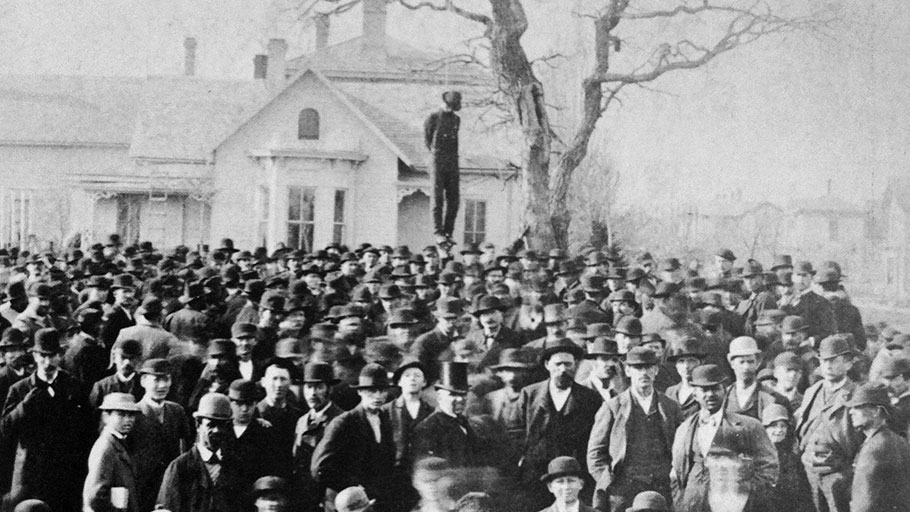
How white Americans used lynchings to terrorize and control black people. By Ed Pilkington in Montgomery, Alabama — Vanessa Croft was driving home after work in Gadsden, Alabama, last month when…
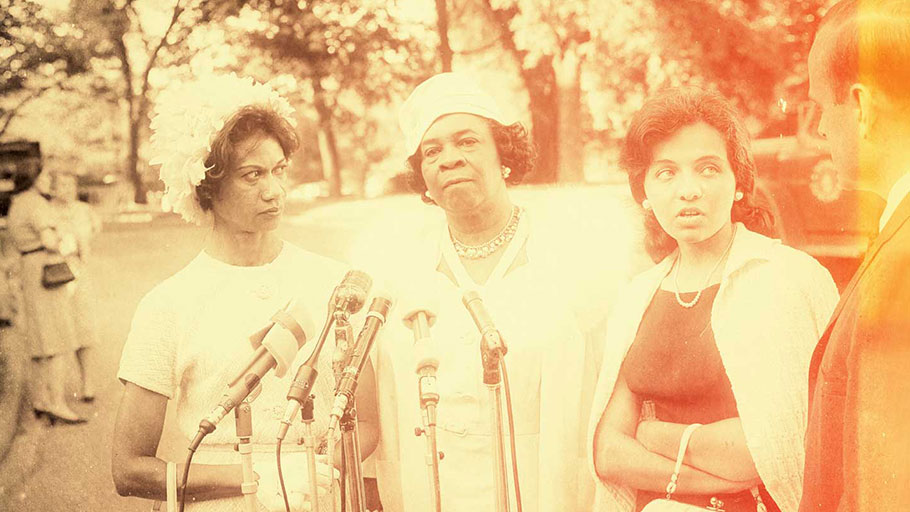
These women didn’t stand on ceremony; they accepted the risks of activism and fought for worlds where others might have freedoms that they themselves would never enjoy. By Janet Dewart Bell — During the civil-rights movement, African Americans led the fight to free this country from the vestiges of slavery and Jim Crow. Though they all too often were—and remain—invisible to the public, African-American women played significant roles at all…

A new museum and lynching memorial in Montgomery, Alabama, constitute a watershed moment in the way America remembers its racist past. By Caleb Gayle — When it comes to the legacy of slavery and Jim Crow, there are two kinds of monuments in America. There are memorials that seek to honor this country’s fitful march toward civil rights. Then there are the statues of generals and politicians—as well as the…

Scholars are mapping the international precursors of Nazism. By Alex Ross — “History teaches, but has no pupils,” the Marxist philosopher Antonio Gramsci wrote. That line comes to mind when I browse in the history section of a bookstore. An adage in publishing is that you can never go wrong with books about Lincoln, Hitler, and dogs; an alternative version names golfing, Nazis, and cats. In Germany, it’s said that…
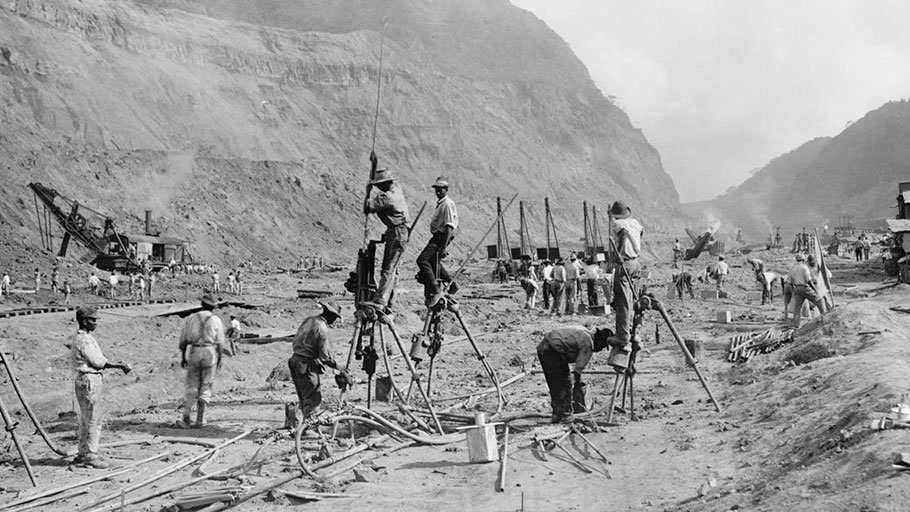
A Vast Project Built from the Sweat and Blood of Black Labor from the Caribbean By Caroline Lieffers — It was the greatest infrastructure project the world had ever seen….

When he promised to put America first in his inaugural speech, Donald Trump drew on a slogan with a long and sinister history – a sign of what was to…
A discussion featuring Dr. Gerald Horne and Paul Coates. Video Source — The Real News

By Vesla M. Weaver — Two new books, including National Book Award nominee ‘Locking Up Our Own,’ address major blind spots about the causes of America’s carceral failure. Locking Up Our Own: Crime and Punishment in Black America by James Forman, Jr.; Locked In: The True Causes of Mass Incarceration and How to Achieve Real Reform by John F. Pfaff

William A. Darity Jr. is the Samuel DuBois Cook Professor of Public Policy, African and African American Studies, and Economics and the director of the Samuel DuBois Cook Center on…